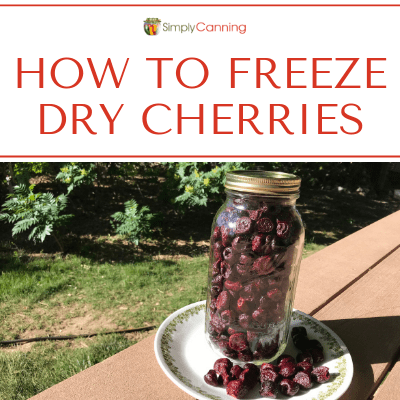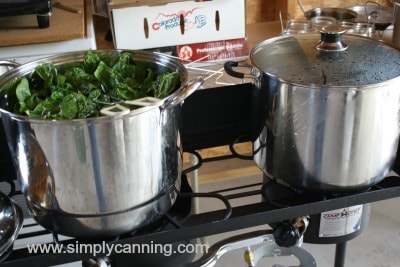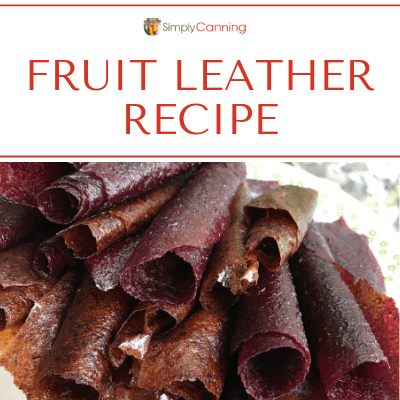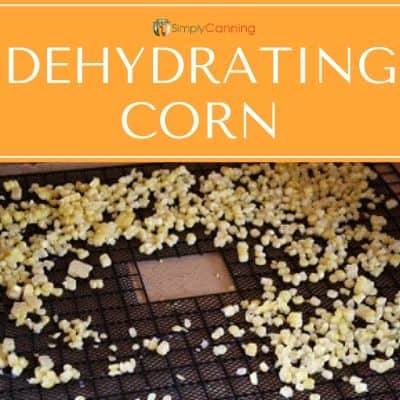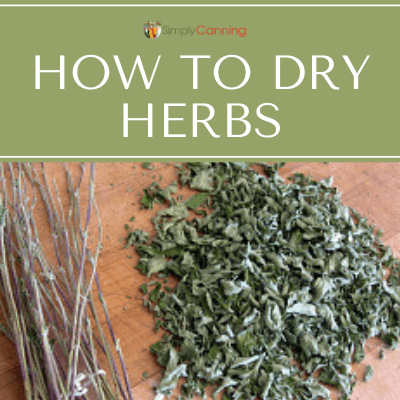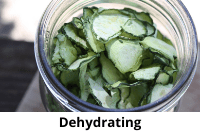Cabela’s Commercial Food Dehydrator
This page may contain affiliate links. More Information.
I love my Cabela’s Commercial Food Dehydrator for making jerky and filling other dehydrating needs. This is a square dehydrator, which is larger than other types and brands.
The Cabela’s Commercial Food Dehydrators come in 2 sizes:
- The 80 liter is the dehydrator that I have. It has 12 racks, so 28 sq feet of drying area.
- The 160 liter is the larger of the two. It has 24 racks with 56 sq feet of drying area.
Both are 1,600 watts and reach 160 degrees.
Editing to add…my dehydrator is an old model. They have newer models that have different features.
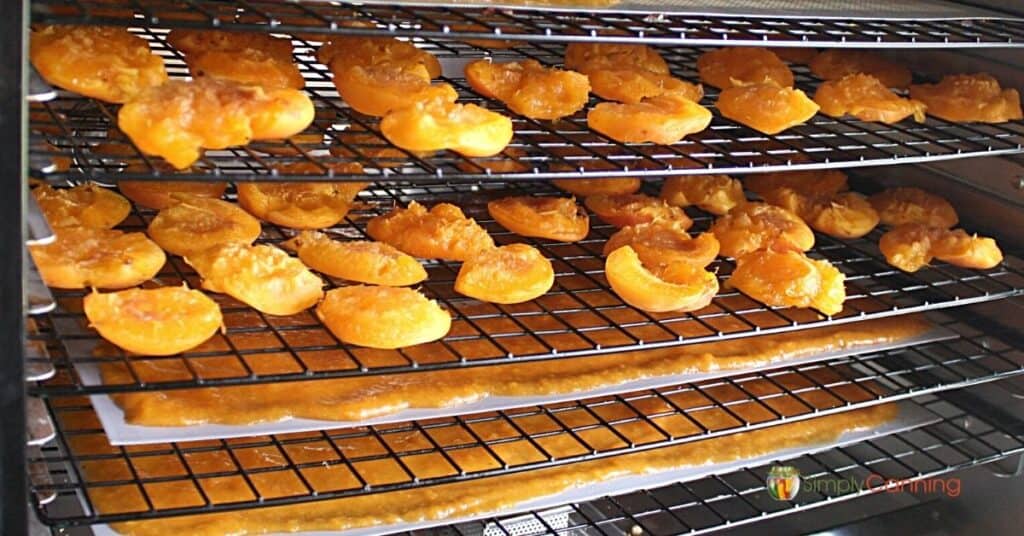
This Page Includes:
Cabela’s Commercial Food Dehydrator
These commercial food dehydrators are not very portable. You can certainly move them, but they are not small, and it is probably not something you’ll want to store away in a cupboard and get out each time you want to dehydrate something. You’ll want a specific countertop where the dehydrator will stay.
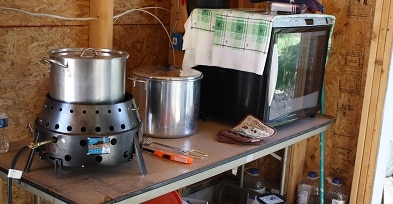
Mine does get moved from a room off my kitchen out to the carport for the summer months. I have an outdoor work area where it is used along with my Camp Chef Burner that I use for outdoor canning.
The commercial food dehydrator holds a LOT of food. I love being able to dry a large load at a time. The smaller unit is perfect for my needs. If you are a big-time dehydrator, look at the larger unit.
I love that it has the glass door so you can see the food inside and how it is progressing. It even has a light. Though I really don’t use it very much, I do flip it on to see better on occasion.
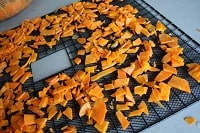
Cabela’s Commercial Food Dehydrator has square racks with a hole through the center to facilitate air flow. There are also screens to lay on the racks when you are dehydrating something that is chopped very small. (These screens are sold separately.) I use both styles of racks constantly.
They also separately sell fruit leather trays. I went without and did the Saran wrap thing. It worked, but was a pain. I decided to splurge on the fruit trays (they are not cheap). So worth it! I was amazed at how much easier these worked.
These also come with a thermostat, which I think is really a necessity for any good commercial dehydrator. It also has a timer. You can set the dehydrator for a certain number of hours, and it will turn off automatically. This is something I use all the time.
Two Minor Negatives on the Commercial Food Dehydrator
First, the fan is in the bottom of the unit. I do have to rotate my racks. If that is a big deal to you, be aware of it before you buy. I don’t really see it as that big of a deal. It doesn’t bother me to rotate.
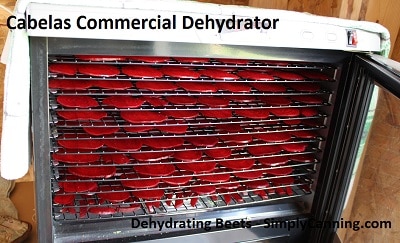
Second, the fan on this dehydrator is a bit loud. It is not excessive. (I don’t keep my dehydrator in my kitchen, so it has not been a problem for me.) But if you need something that will be in a living area, be aware of that.
I Borrowed My Friend’s Excalibur Dehydrator. Now What?
Edit this page to update: I borrowed a friend’s Excalibur Dehydrator…and now I’m torn! I still like my Cabela’s Commercial Food Dehydrator, but the Excalibur has some advantages too. Here is a review of the Excalibur.
Really, either dehydrator will do a great job.
What Others Think of the Cabela’s Commercial Dehydrator…
Love It!!!!!
By: Katydid
“I have the 80 qt commercial food dehydrator. It holds a ton of food to dehydrate, and the thermostat is great. I’ve used it to dry every thing from meat to sprouted almonds. Having the ability to regulate temperature all the way down to 70 degrees is awesome. I’ve even used this thing as an incubator to culture kefir and yogurt. Not very efficient but worked well enough. My family loves it…highly recommended.”
I Love Mine!
By: Anonymous
The Cabela’s 80 – it is just the right size – big enough to be worth the effort but not a monster to fill. I usually pick or buy by the bushel and have no problem processing everything within a couple of days.
And since I haven’t seen a noticeable change in my power bill, it doesn’t bother me to do just a rack or two of leftovers when appropriate.
Yes, it is a little noisy – not horrendously loud, but just the constant drone of the fan. When temps were cooler, I kept it in the house and ran it mostly at night, so it didn’t bother anyone – with the added benefit of making double use of the low heat.
During the summer months, I’ve had it running in the garage. Although it is a little bulky, it is not heavy, so I have no problem picking it up and moving it.
160L Dehydrator
By: Barb M
I have had the 160L dehydrator for years! I absolutely love it. We dry jerky, fruit, vegetables and herbs in it. Have never had a problem in all the years I’ve had it. I HAVE learned to take the dehydrator outside on the deck to dry onions though! I did purchase 12 of the screens to lay on top of the trays for herbs and small fruits and veggies, but they’re pretty expensive, so I’ve also used parchment paper even though it slows drying down because it blocks the air flow more.
The 160L isn’t real loud and I rarely, if ever, have to worry about rotating trays…it depends on what I’m drying. I think I’ve only rotated for jerky. If you don’t do a lot of preserving, the 80L would probably work best, but as I do lots of it, the 160L is the one for me. I highly recommend it.
18 Years & Still Works Like New
By: Pat in FL
I bought my 80L commercial food dehydrator at Cabela’s in Lincoln, NE in 1996 and brought it back to FL in an 18-wheeler; that’s how bad I wanted it and it has not let me down. I bought it especially to make large amounts of jerky. It will hold 40# of meat (pre-dehydrated weight). It works great for making snack sausages (homemade Slim Jims).
I have dehydrated everything from apples to garlic. FYI, if you dehydrate garlic, you might want to do it in the garage, with the door open; the smell gets a bit strong and over-bearing in a closed-in environment, plus it lingers long afterwards.
I use it to let my kombucha ferment to have it in a draft-free environment (no heat used). I proof my yeast breads in it.
My dehydrator tops out at 167 degrees and cuts hours off making jerky. It’s pricey, up front, but worth every penny and then some. I would give it 100 stars if that were an option. It’s that good.
Made in China
By: Anonymous
I investigated this dehydrator. It is made in China. Service and parts were available through Cabella’s, though. I went with Excalibur; American-made and has a great customer service dept.
Response to “Made in China”
By: Anonymous
Weird…Cabela’s does not reveal who makes this. As told by a Cabela’s Rep for the Company. See their FAQ section on their website.
With tons of GREAT reviews…could hardly find anything negative said about this dehydrator. This will definitely be my next dehydrator. I also own the Excalibur 9 tray. Not cheap either, made of all plastic.
What Type of Electricity & How Much Energy Does the Dehydrator Use?
By: Cathy
I don’t know much about commercial food dehydrators, but I was wondering if you have to do an upgrade on the wall outlet to use it? Does it require a different outlet other than a standard outlet like one might have in their kitchen? Also, does it have to have it’s own separate line on a circuit breaker?
I know certain appliances have to be on a line by itself…just wondering, and also wondering how much electricity it uses. I love the idea of dehydrating foods, but if it causes my electric bill to go way up, it might be something I would have to seriously think about as far as cost. Thanks for your information on the commercial dehydrator. Love, love, love your site!! 🙂
Response to Electrical Outlets for Dehydrator
By: Pat in FL
I use my 80L in my kitchen plugged into a standard outlet. No special requirements. I did not notice any difference in my electric bill.
Related Pages
How to Dry Fruits for Snacking and Storing – I’m a long-time canner, but dehydrating fruit does have some advantages. Drying gives you healthy, easy-to-store snacks. Peaches and pears are the best!
Dehydrating as a food preservation method is one of best starting points for taking control back on how your food is processed. Learn about equipment and methods at SimplyCanning.com.
How to Dry Vegetables, Peppers, Tomatoes, and More – Learn everything you need to know about dehydrating food at SimplyCanning.com
Pin This to Find Later!
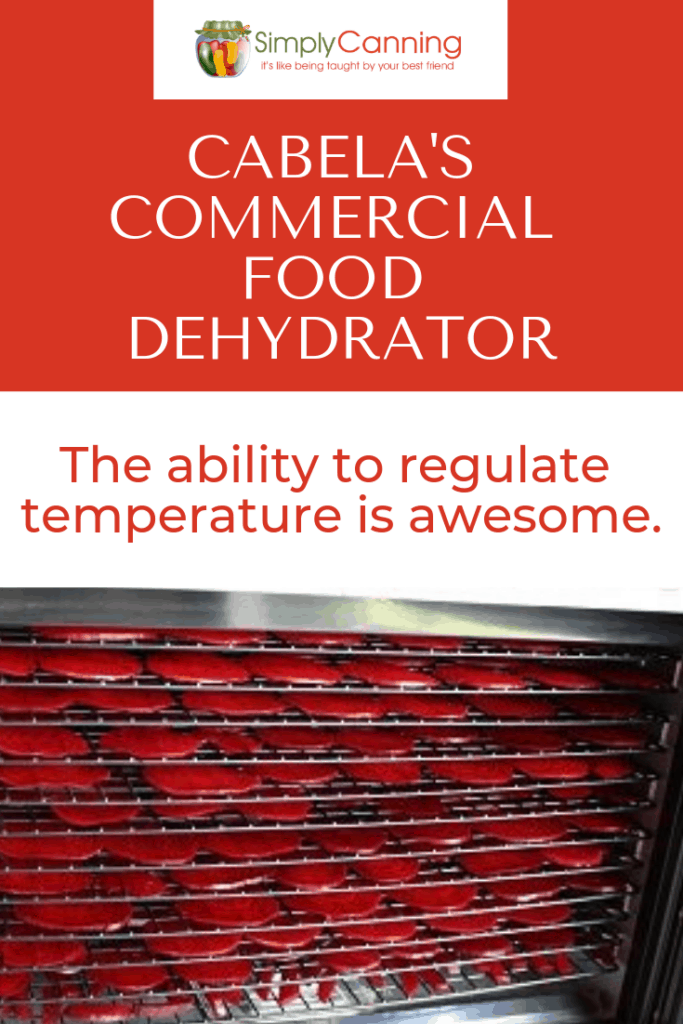
Page last updated: 11/5/2021

